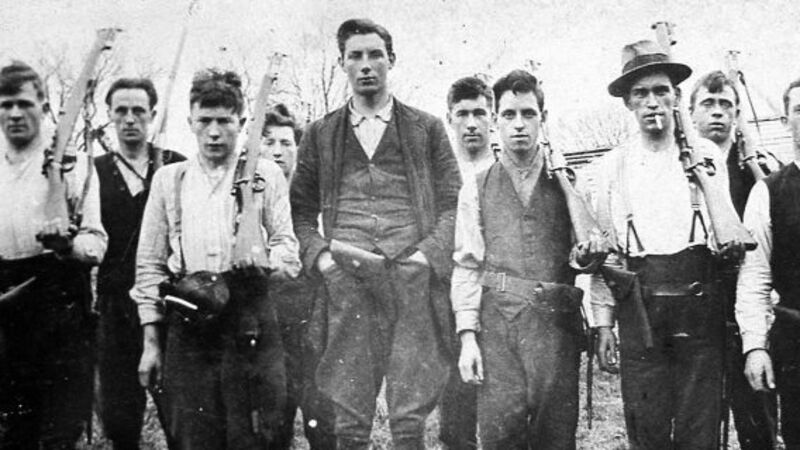Proud War of Independence revolutionaries left fumbling in the till

IN JUNE 1923, two months after the end of the Civil War, the Dáil agreed to recognise and compensate wounded members and the surviving dependents of deceased members of various groups that had participated in the events of 1916 to 1923 and were deemed and proven to have had “active service” during this time.
Arising out of this initiative, from the 1920s to the 1950s, two streams of legislation, the Army Pensions Acts from 1923 to 1953 and the Military Service Pensions Acts of 1924, 1934, and 1949, were introduced to facilitate recognition of military service, injury, and bereavement, and the legislation generated an enormous administrative archive, including the pension applicants’ files and various supporting material, such as reports of military activities, the nature of military service and family circumstances, information on degrees of dependency, societal circumstances, and where applicable, medical reports, as well as requests for investigations by the military authorities, reports from An Garda Síochána and the issuing of recommendations.
















